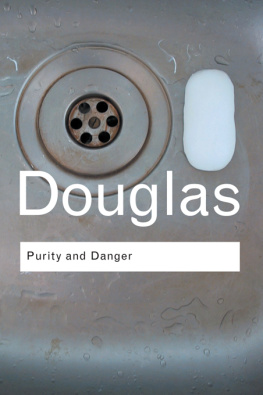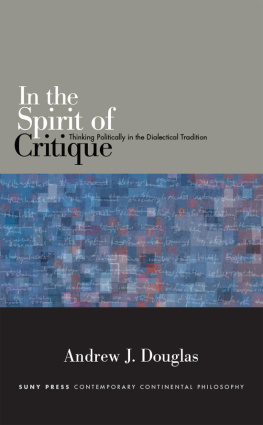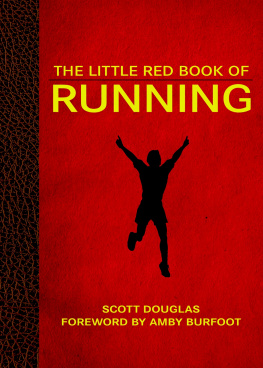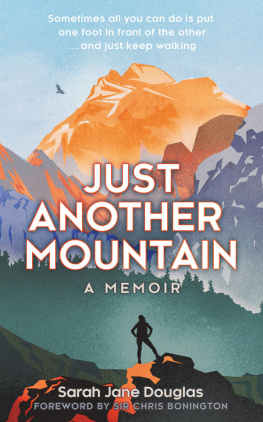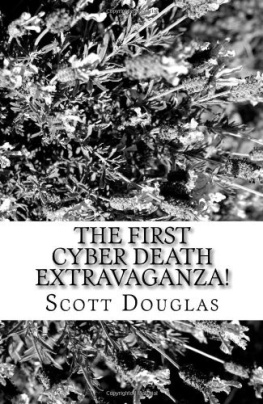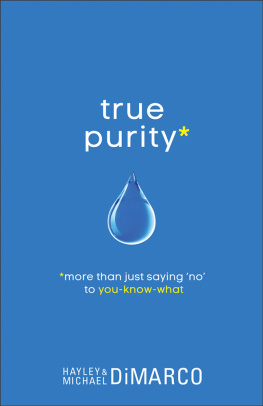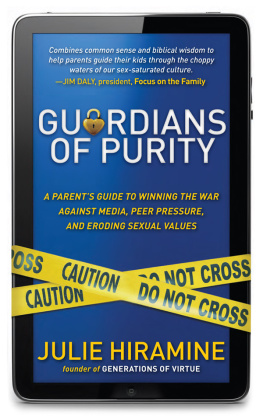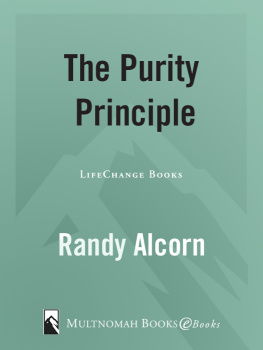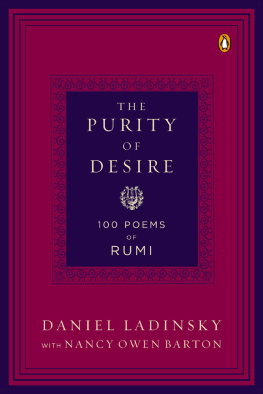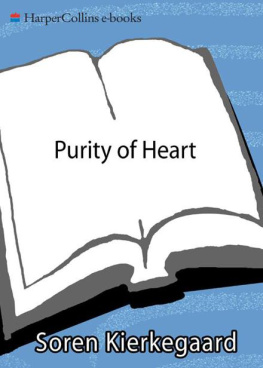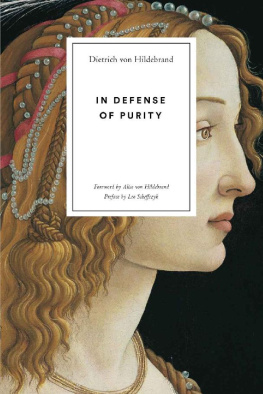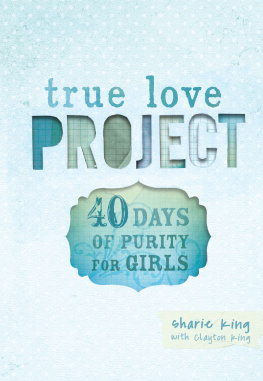
Purity and Danger
Professor Douglas book sparkles with intellectual life, and is characterised by a concern to understand. Right or wrong, sound or idiosyncratic, it presents a rare and exciting spectacle of a mind at work.
The Times Literary Supplement
Professor Douglas writes gracefully, lucidly and polemically. She continually makes points which illuminate matters in the philosophy of religion and the philosophy of science and helps to show the rest of us just why and how anthropology has become a fundamentally intellectual discipline.
Alasdair MacIntyre
Purity and Danger shattered my assumptions on just about everything this dazzling book concentrates on what has always fascinated me: the dangers and joys of being out of place.
Silvia Rodgers, The Sunday Times
Mary
Douglas
Purity and Danger
An analysis of concept of pollution and taboo
With a new preface by the author

First published 1966
by Routledge & Kegan Paul
First published in Routledge Classics 2002
by Routledge
11 New Fetter Lane, London EC4P 4EE
29 West 35th Street, New York, NY 10001
Routledge is an imprint of the Taylor & Francis Group
This edition published in the Taylor & Francis e-Library, 2003.
1966 Mary Douglas
Preface to Routledge Classics Edition 2002 Mary Douglas
All rights reserved. No part of this book may be reprinted or reproduced or utilised in any form or by any electronic, mechanical, or other means, now known or hereafter invented, including photocopying and recording, or in any information storage or retrieval system, without permission in writing from the publishers.
British Library Cataloguing in Publication Data
A catalogue record for this book is available from the British Library
Library of Congress Cataloging in Publication Data
A catalog record for this book has been requested
ISBN 0-203-36183-0 Master e-book ISBN
ISBN 0-203-37441-X (Adobe eReader Format)
ISBN 0415289955 (Print Edition)
CONTENTS
ACKNOWLEDGEMENTS
I was first made interested in pollution behaviour by Professor Srinivas and the late Franz Steiner who each, as Brahmin and Jew, tried in their daily lives to handle problems of ritual cleanness. I am grateful to them for making me sensitive to gestures of separation, classifying and cleansing. I next found myself doing fieldwork in a highly pollution-conscious culture in the Congo and discovered in myself a prejudice against piecemeal explanations. I count as piecemeal any explanations of ritual pollution which are limited to one kind of dirt or to one kind of context. My biggest debt for acknowledgement is to the source of this prejudice which forced me to look for a systemic approach. No particular set of classifying symbols can be understood in isolation, but there can be hope of making sense of them in relation to the total structure of classifications in the culture in question.
The structural approach has been widely disseminated since the early decades of the twentieth century, particularly through the influence of Gestalt psychology. It only made its direct impact on me through Professor Evans-Pritchards analysis of the political system of the Nuer (1940).
The place of this book in anthropology is like the invention of the frameless chassis in the history of car-design. When the chassis and the body of the car were designed separately the two were held together on a central steel frame. In the same way, political theory used to take the organs of central government as the frame of social analysis: social and political institutions could be considered separately. Anthropologists were content to describe primitive political systems by a list of official titles and assemblies. If central government did not exist, political analysis was held irrelevant. In the 1930s, car designers found that they could eliminate the steel frame if they treated the whole car as a single unit. The stresses and strains formerly carried by the frame were now able to be carried by the body of the car itself. At about the same time Evans-Pritchard found that he could make a political analysis of a system in which there were no central organs of government and in which the weight of authority and the strains of political functioning were dispersed through the whole structure of the body politic. So the structural approach was in the air of anthropology before Lvi-Strauss was stimulated by structural linguistics to apply it to kinship and mythology. It follows that anyone approaching rituals of pollution nowadays would seek to treat a peoples ideas of purity as part of a larger whole.
My other source of inspiration has been my husband. In matters of cleanness his threshold of tolerance is so much lower than my own that he more than anyone else has forced me into taking a stand on the relativity of dirt.
. He has not seen the final version and is not responsible for further mistakes in biblical scholarship which may have crept in. Nor is Professor Daryll Forde, who has frequently read early versions of the book, responsible for the final result. I am specially grateful for his criticisms.
This book represents a personal view, controversial and often premature. I hope that the specialists into whose province the argument has flowed will forgive the trespass, because this is one of the subjects which has hitherto suffered from being handled too narrowly within a single discipline.
M.D.
PREFACE TO THE ROUTLEDGE CLASSICS EDITION
I well remember my nervousness when sending this book to a publisher, and how stunned with surprise when Routledge gave me a contract with a 100 advance. But when it was published in 1966 my anxieties were justified: it received some very generous reviews, but after two or three years it hadnt sold more than about 200 copies altogether. Norman Franklin said comfortingly that it was not necessarily a flop: it might turn out to be what publishers call a sleeper, a book that comes out of obscurity after lying dormant for some time. He was right; it is still going strong, and I am grateful to the publishers for keeping it in print all this time with new editions and translations.
DIRT IS DANGEROUS
The book is a treatise on the idea of dirt and contagion. It started to come together in my head in the 1950s when I had caught one of the contagious diseases, measles, I think, and was laid up in bed for a week. When I recovered, my first writing obligation was to finish the already over-due monograph on African fieldwork. Writing about the Lele and their fastidious food rules took the best part of ten years. The background of daily life in nursery and kitchen may explain why the metaphors are homely. This may be why the construction of the argument is rather convoluted.
The book proceeds by developing two themes. One presents taboo as a spontaneous device for protecting the distinctive categories of the universe. Taboo protects the local consensus on how the world is organised. It shores up wavering certainty. It reduces intellectual and social disorder. We may well ask why is it necessary to protect the primary distinctions of the universe, and why are taboos so bizarre? The second theme answers this with reflections on the cognitive discomfort caused by ambiguity. Ambiguous things can seem very threatening. Taboo confronts the ambiguous and shunts it into the category of the sacred.
Next page
